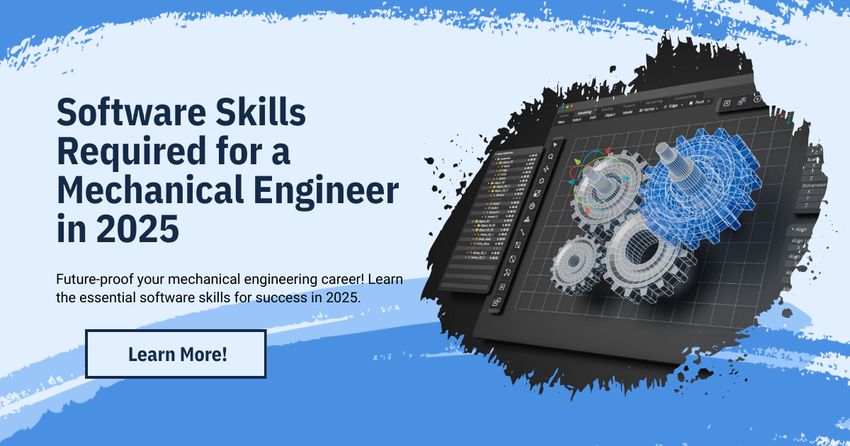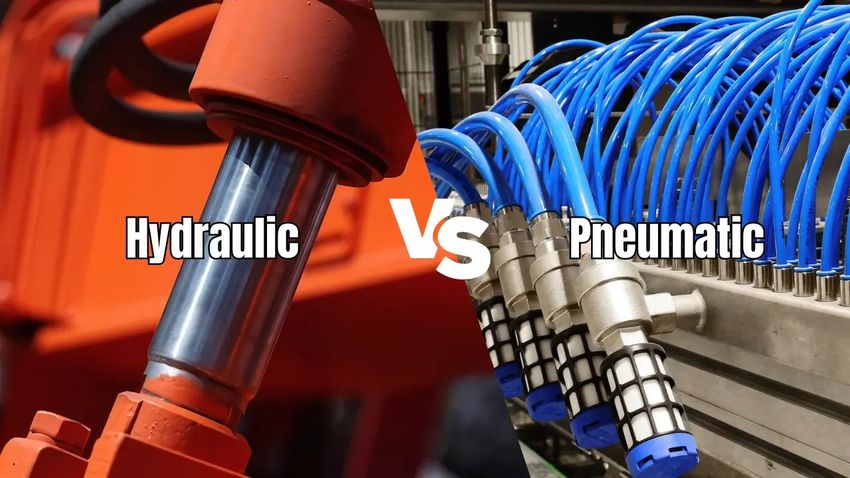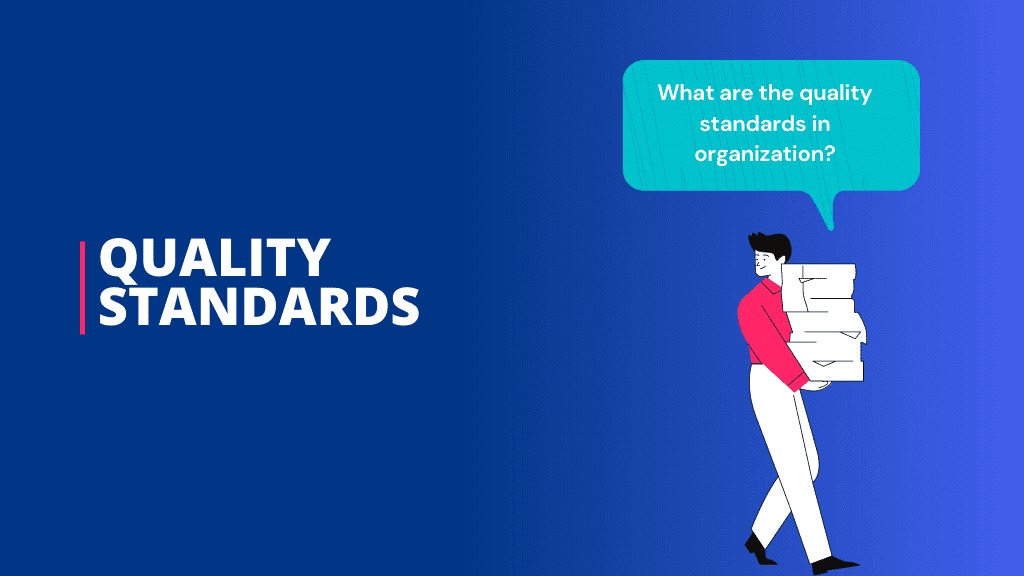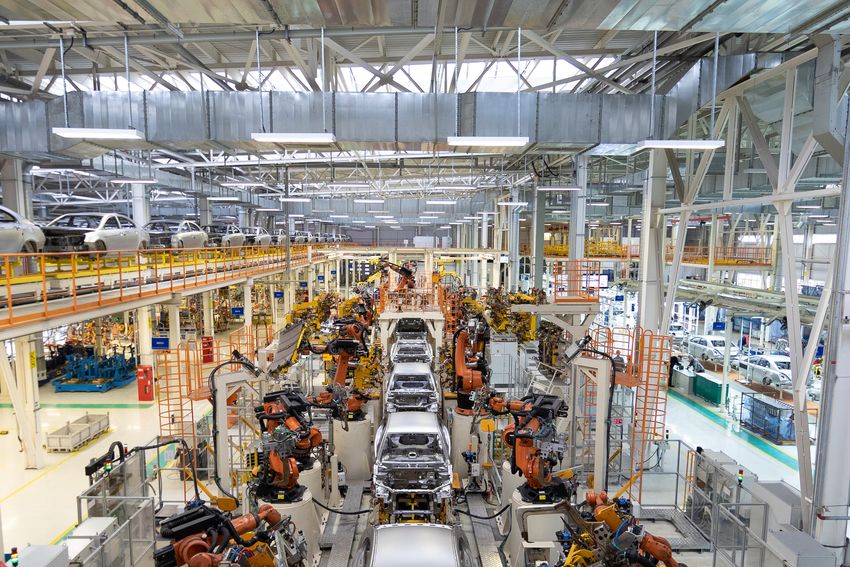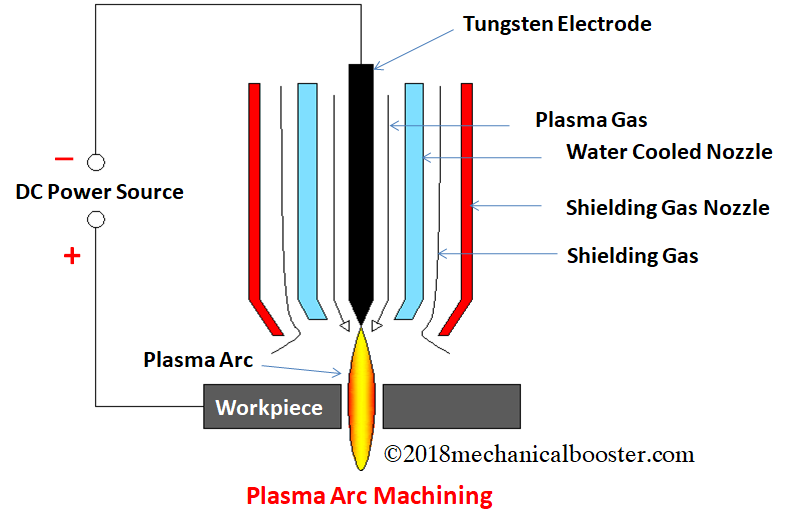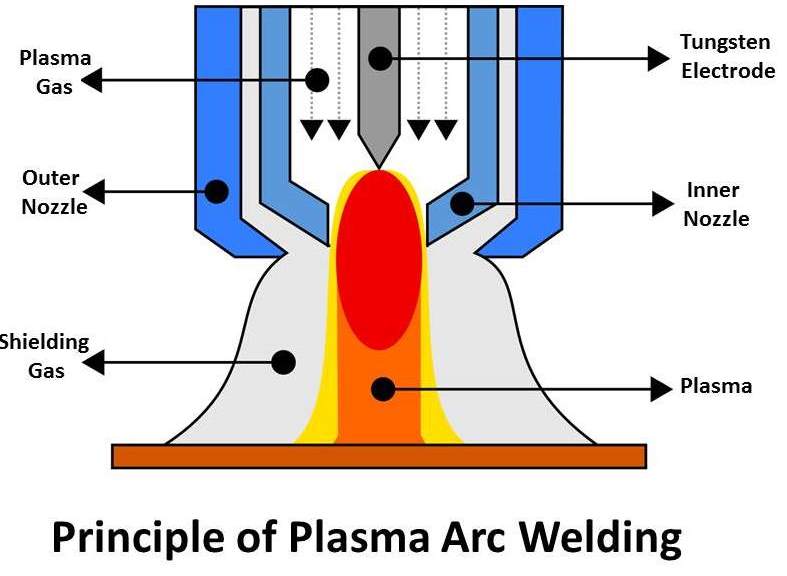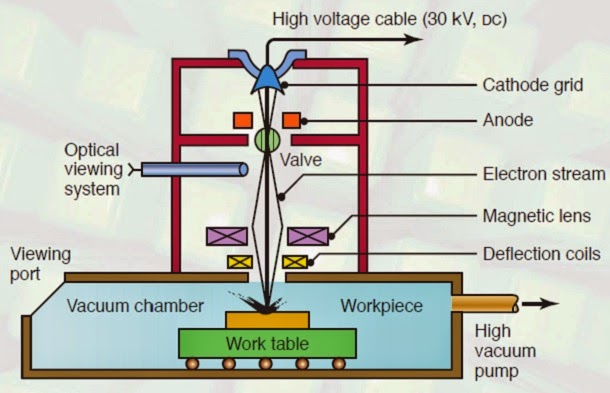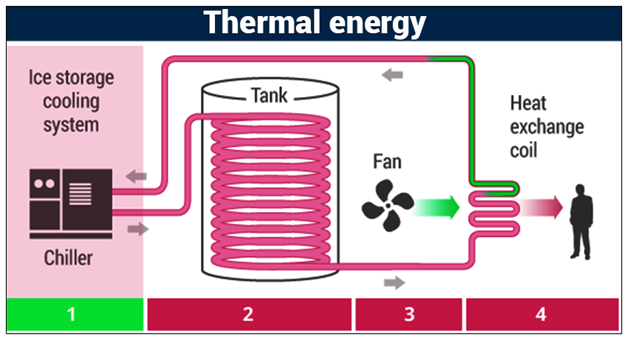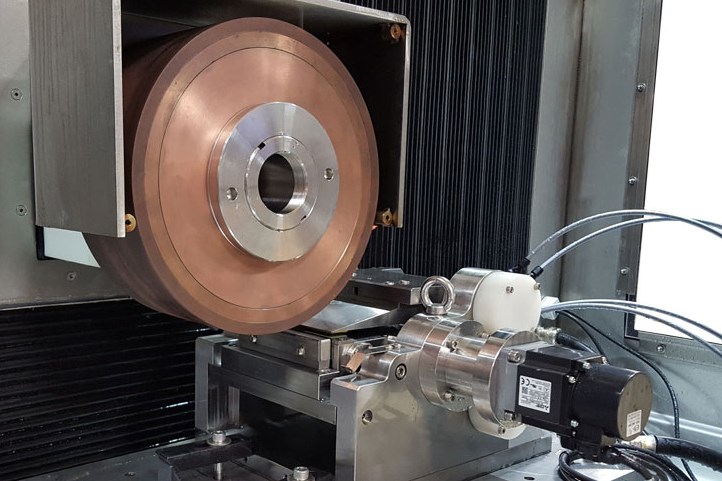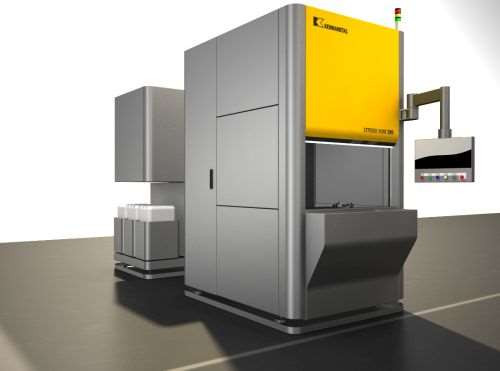Posted inGATE Q & A
SECTION-3 (Q/A)
1. What is the working principle of Electrical Discharge machining process? In electrical discharge machining process, metal is removed by producing powerful electric spark discharge between the tool (cathode) and the work material (anode). 2. What are the factors affecting metal removal rate? a. Metal removal rate increases with forced circulation of dielectric fluid. b. It increases up to optimum value of work-tool gap, after that it drops suddenly. c. Metal removal rate is maximum when the pressure is below atmospheric. 3. What are the basic requirements of tool material of EDM? a. It should have low erosion rate. b. It should be electrically conductive c. It should have good mach inability. d. Melting point of the tool should be high. 4. How the tool materials are classified? Tool or electrode can be classified into four groups…
